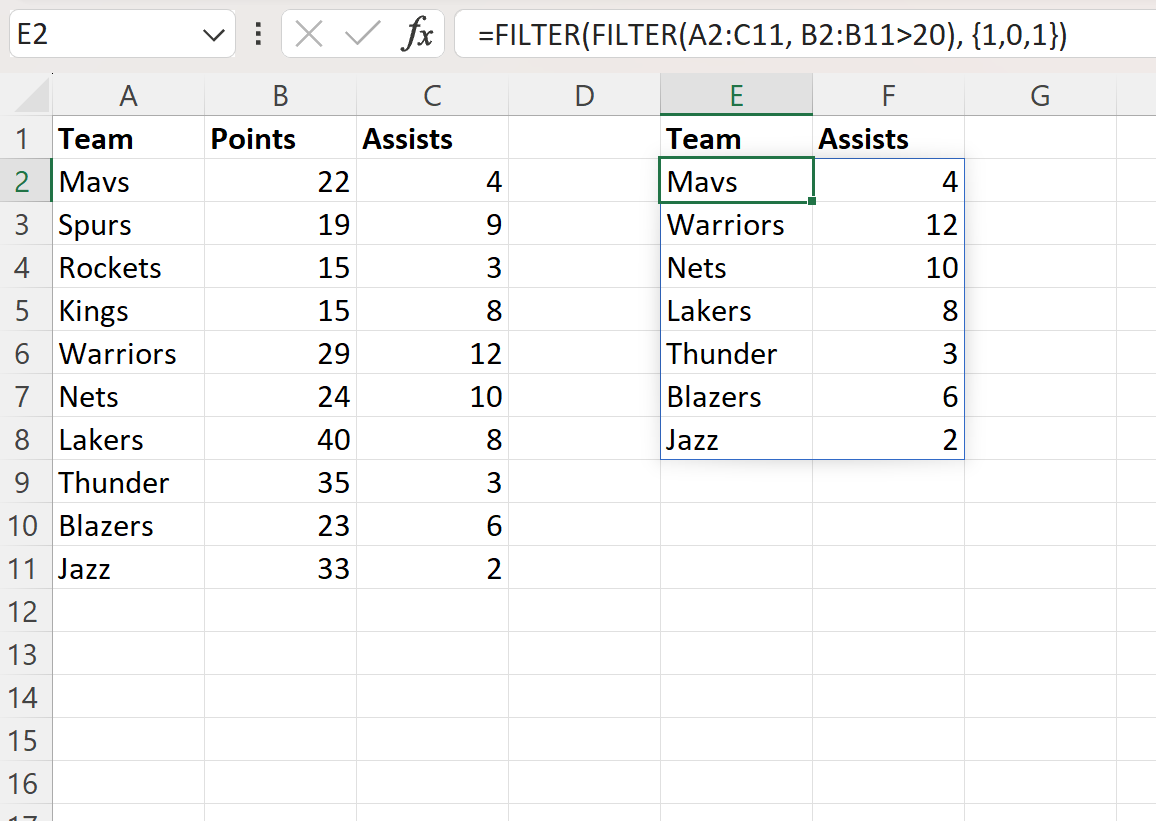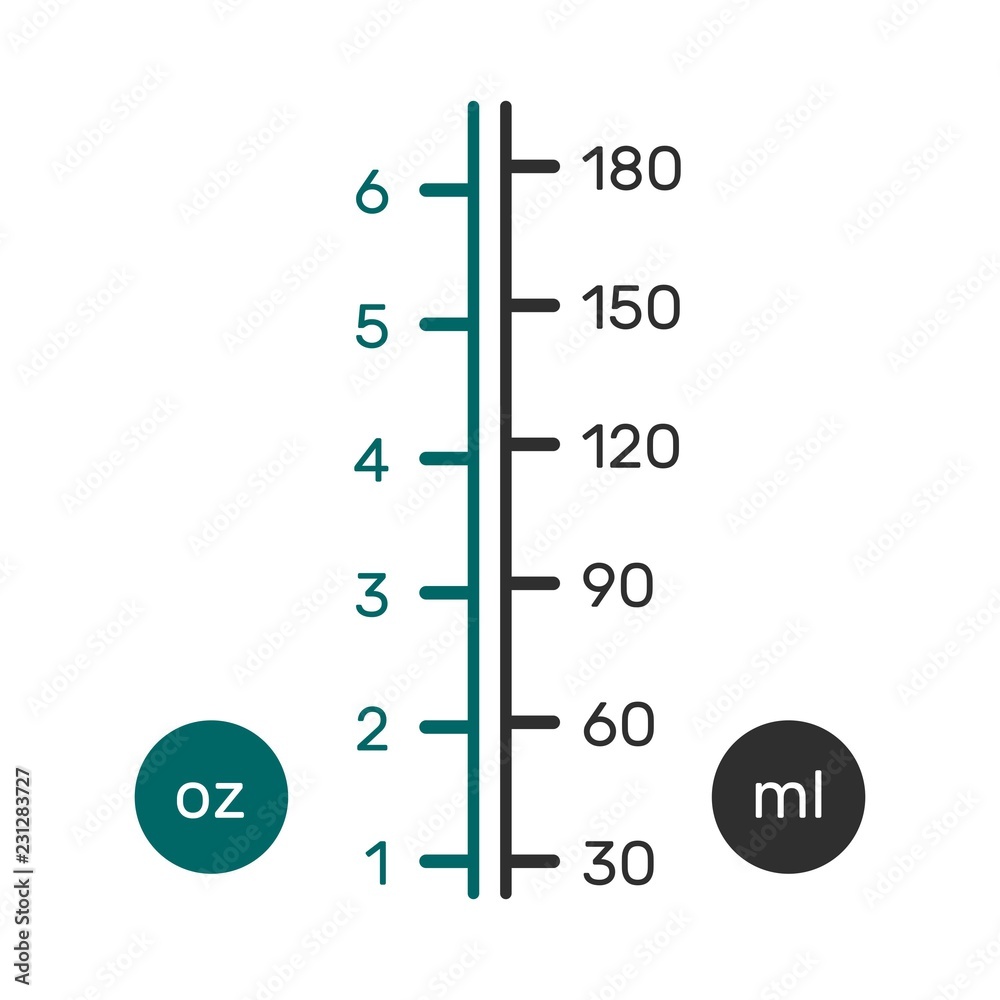Fixing Excel's Fill Series Feature
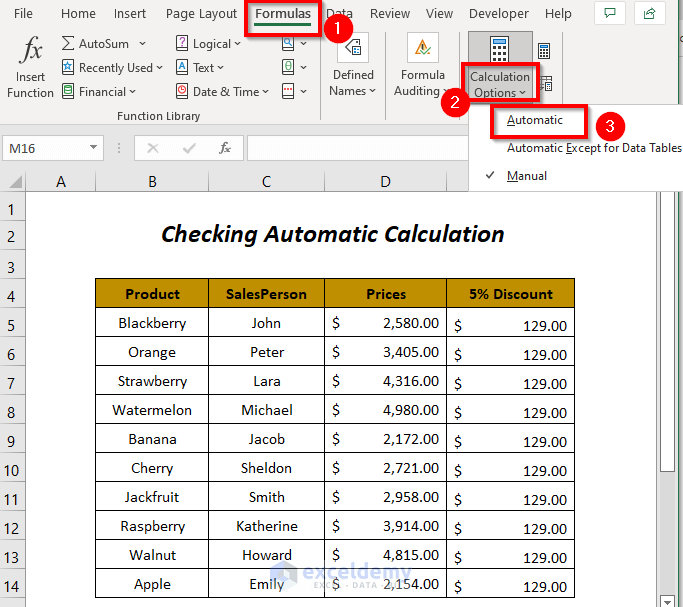
Welcome to an in-depth exploration of one of Excel's most powerful yet sometimes frustrating features: the Fill Series. Many users rely on this tool for quick data manipulation, but its intricacies can lead to unexpected results. This article aims to unravel these complexities, providing an expert guide to mastering the Fill Series feature.
Understanding the Fill Series: A Comprehensive Overview
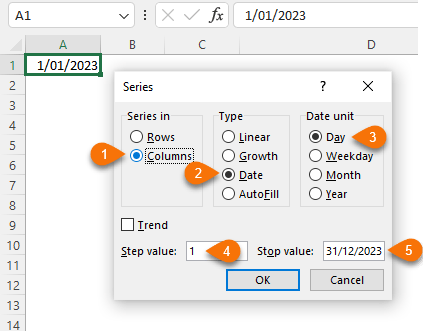
The Fill Series in Excel is a dynamic tool designed to automate the creation of series or patterns based on user-defined rules. It’s an essential feature for data analysts, financial professionals, and anyone working with large datasets, offering a quick way to fill in repetitive patterns or sequences.
At its core, the Fill Series feature allows users to extend a series of data based on a recognized pattern. This pattern can be numerical, such as counting by ones, tens, or any other number, or it can be based on dates, text, or custom lists. The flexibility of this tool makes it invaluable for tasks ranging from simple data entry to complex financial modeling.
The Mechanics of Fill Series
When you select a range of cells and use the Fill Series tool, Excel analyzes the content of the cells and attempts to identify a pattern. Based on this pattern, it then fills the selected range with data that follows this rule. For instance, if you enter the numbers 1, 2, and 3 in consecutive cells and then use the Fill Series, Excel will recognize this as a linear pattern and continue the sequence.
| Original Data | Fill Series Result |
|---|---|
| 1 | 1 |
| 2 | 2 |
| 3 | 4 |
| 5 | |
| 6 |

In the above example, Excel recognizes the pattern as an increment of 1 and continues the sequence accordingly. This simple demonstration showcases the power of the Fill Series, but it also hints at potential pitfalls: what if the recognized pattern isn't what you intended? How can you ensure Excel interprets your data correctly every time?
Mastering the Art of Fill Series
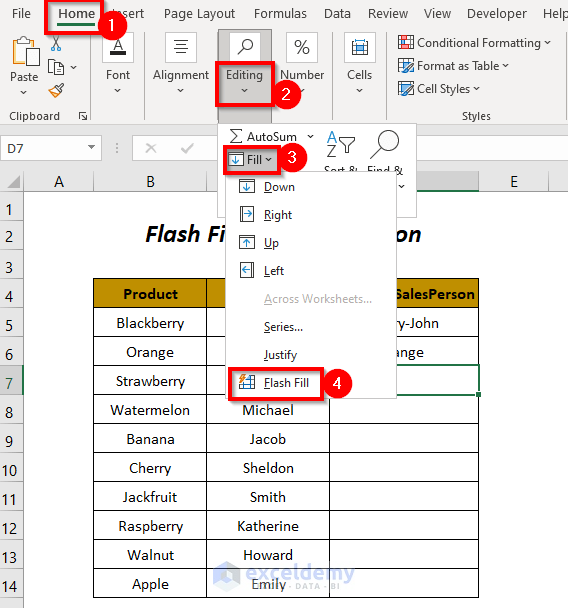
To truly master the Fill Series, it’s crucial to understand the various options and nuances of this feature. Let’s delve into some specific scenarios and strategies to ensure you’re getting the most out of this powerful tool.
Scenario: Working with Dates
Dates are a common type of data that often require manipulation using the Fill Series. Whether you’re working with daily, weekly, monthly, or annual data, Excel’s ability to recognize date patterns can be a huge time-saver.
For instance, if you have a starting date in a cell and want to create a series of dates incrementing by a week, the Fill Series is your friend. Simply enter the starting date and the second date (a week later), then use the Fill Series to continue the weekly series.
| Original Data | Fill Series Result |
|---|---|
| 01/01/2023 | 01/01/2023 |
| 01/08/2023 | 01/08/2023 |
| 01/15/2023 | |
| 01/22/2023 | |
| 01/29/2023 |
In this scenario, Excel recognizes the weekly increment and continues the series accordingly. However, it's important to note that Excel's interpretation of date patterns can sometimes be unpredictable, especially when dealing with non-standard date formats or complex date manipulations.
Scenario: Custom Lists and Text Patterns
Excel’s Fill Series isn’t limited to numerical or date patterns. It can also handle custom lists and text patterns, making it a versatile tool for a variety of data types.
Imagine you have a list of days of the week and want to create a series that repeats this list. By entering the first few days and using the Fill Series, Excel will recognize the pattern and continue the series.
| Original Data | Fill Series Result |
|---|---|
| Monday | Monday |
| Tuesday | Tuesday |
| Wednesday | Thursday |
| Friday | |
| Saturday |
As seen above, Excel successfully recognized the pattern and continued the series with the remaining days of the week. This technique can be applied to a wide range of custom lists, from product names to color codes, making data entry and manipulation faster and more accurate.
Advanced Techniques and Troubleshooting
While the Fill Series is generally straightforward, it’s not uncommon to encounter issues or need to employ more advanced techniques. Here are some strategies to tackle common problems and get the most out of this feature.
Dealing with Unrecognized Patterns
One of the most common challenges with the Fill Series is when Excel fails to recognize the intended pattern. This can happen for various reasons, from complex data structures to simple formatting issues.
In such cases, it's often beneficial to break down the series into simpler patterns. For instance, if you're dealing with a complex date manipulation, try breaking it down into smaller steps, filling in one part of the series at a time. This step-by-step approach can help Excel better understand the desired pattern.
Using the Options in Fill Series
Excel’s Fill Series feature offers a range of options to customize the behavior of the tool. These options can be accessed by right-clicking on the selected range and choosing “Fill” followed by “Series…” from the context menu.
Within the Series dialog box, you can specify the type of series (linear, growth, date, etc.), the step value (how much each cell should change), and the stop value (the point at which the series should end). By adjusting these settings, you can fine-tune the behavior of the Fill Series to match your exact needs.
Best Practices and Recommendations
To ensure the Fill Series works effectively and reliably, consider the following best practices and recommendations:
- Consistency in Data Structure: Maintain a consistent data structure throughout your spreadsheet. This helps Excel recognize patterns more easily and reduces the chances of errors.
- Regular Auditing: Always review the results of your Fill Series operations, especially when dealing with critical data. A quick audit can catch errors before they propagate.
- Utilize Excel's Help: Excel's built-in help system provides detailed explanations of the Fill Series feature and its options. Refer to this resource for more information and troubleshooting tips.
- Practice and Experimentation: The best way to master the Fill Series is through practice. Experiment with different data types, patterns, and options to get a feel for how Excel interprets your data.
Conclusion

Excel’s Fill Series is a powerful tool, but it requires a certain level of understanding and finesse to use effectively. By grasping the fundamentals and exploring the advanced techniques, you can unlock the full potential of this feature, making your data manipulation tasks faster, more accurate, and more efficient.
Whether you're a seasoned Excel user or just starting out, mastering the Fill Series is a valuable skill that can greatly enhance your productivity and the quality of your work.
Frequently Asked Questions
How do I make Excel recognize a specific pattern for the Fill Series?
+
To ensure Excel recognizes a specific pattern, you should maintain consistency in your data. For instance, if you’re working with a numerical pattern, ensure that the numbers are in a clear, logical order without any interruptions. For text patterns, make sure the text follows a clear, consistent sequence. Additionally, you can use Excel’s Fill Series options to customize the behavior of the tool, specifying the type of series, step value, and stop value.
Can I use the Fill Series for complex date manipulations, like adding 2 months to a date every 3 cells?
+
Yes, you can use the Fill Series for complex date manipulations. However, it may require a more intricate setup. You might need to break down the series into smaller steps, filling in one part of the series at a time. For instance, you could first create a series that adds 2 months to a date, and then use another Fill Series operation to skip every 3 cells. It’s a bit more complex, but it can be done with careful planning and the right settings.
What happens if I use the Fill Series on a range of cells with mixed data types (numbers, text, and dates)?
+
When you use the Fill Series on a range of cells with mixed data types, Excel will attempt to recognize a pattern based on the first few cells. If the data types are consistent (e.g., all numbers or all dates), Excel will likely fill the series correctly. However, if the data types vary, the results can be unpredictable. In such cases, it’s best to separate the data into different columns or rows and apply the Fill Series separately for each data type.
Is there a way to fill a series with alternating patterns, like 1, 2, 3, 4, 1, 2, 3, 4, and so on?
+
Yes, you can fill a series with alternating patterns using the Fill Series feature. To do this, you’ll need to create a custom list that contains the alternating pattern. For example, create a list with the values 1, 2, 3, 4, and then use the Fill Series option to fill the series with this custom list. This technique can be applied to a variety of alternating patterns, making data entry faster and more accurate.
How can I troubleshoot issues with the Fill Series not recognizing the intended pattern?
+
If the Fill Series isn’t recognizing the intended pattern, there are a few troubleshooting steps you can take. First, ensure your data is consistent and follows a clear pattern. Sometimes, a simple oversight like an extra space or a different data format can throw off Excel’s interpretation. If the problem persists, try breaking down the series into smaller steps and filling them individually. Additionally, you can use Excel’s Fill Series options to customize the behavior of the tool, ensuring it aligns with your intended pattern.

